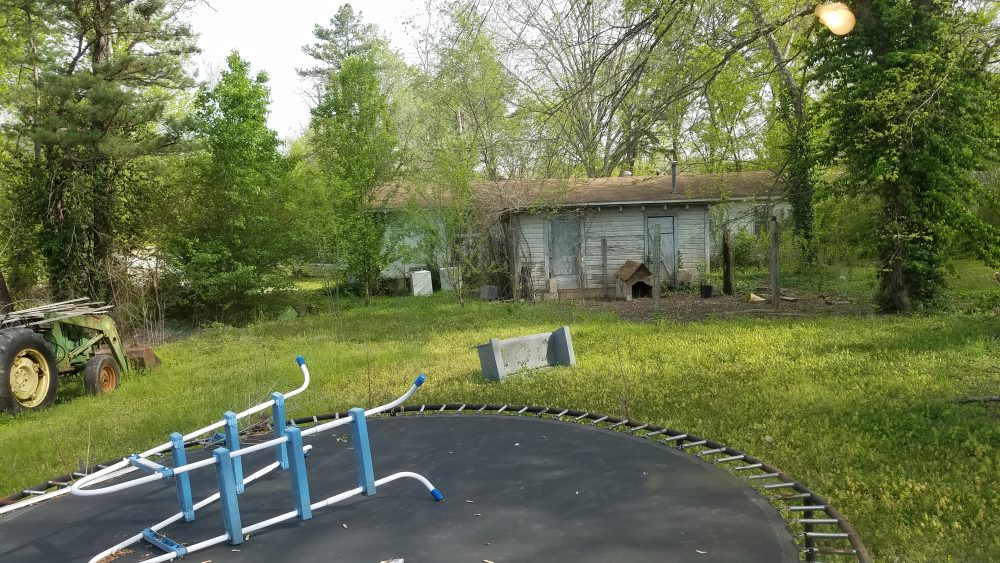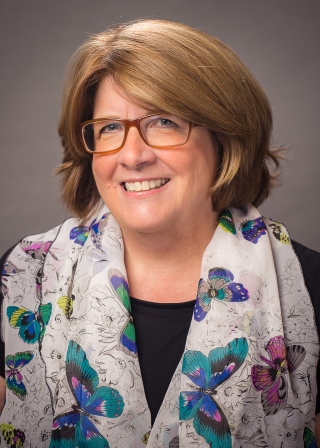15 Years of Disaster Recovery: A Community Foundation’s Journey
Fifteen years ago, the Community Foundation of the Ozarks (CFO) started its first disaster response when a high-end F3 tornado killed three and destroyed much of downtown Stockton, Mo., a county seat with a lovely sailing lake. It’s an easy date to remember – 05/04/03. At the time, the Stockton Community Foundation was a year-old […]


Fifteen years ago, the Community Foundation of the Ozarks (CFO) started its first disaster response when a high-end F3 tornado killed three and destroyed much of downtown Stockton, Mo., a county seat with a lovely sailing lake. It’s an easy date to remember – 05/04/03.
At the time, the Stockton Community Foundation was a year-old member of the CFO’s affiliate network. Its president, Brian Hammons, third-generation leader of his family’s black-walnut business, wasn’t sure exactly how the CFO could help, but he was sure he needed to muster all the help he could find.
Neither I nor current CFO President, Brian Fogle, worked at the Foundation in 2003. I was the spokesperson for the City of Springfield, Mo., where the CFO is based. Brian was a community development banker for Great Southern Bank, which had a couple of walls and two vaults left standing at its Stockton branch. Then-CFO President Dr. Gary Funk tapped us, among others, to figure out how the CFO could support Stockton’s recovery.
My city colleagues found our niche helping the community focus on recovery priorities through engagement activities. Gary and Brian worked with the Hammons family to establish a charitable fund to encourage an intentional planning process and also a community development corporation to offer gap financing to help businesses rebuild.
Our methods seem so quaint today – we tacked up flyers and hauled flip charts and paper surveys to community meetings – no social media, no Survey Monkey, maybe a PowerPoint. Gary, Brian, and Brian and Dwain Hammons sketched out the CDC’s framework on paper napkins.
The contrast seems especially striking this week, 15 years and multiple natural disasters later. Today, the CFO is part of the Philanthropic Preparedness Resiliency and Emergency Partnership (PPREP), a cohort of Midwestern community foundations and regional grantmaking associations facilitated by the Funders’ Network for Smart Growth and Livable Communities and the Center for Disaster Philanthropy. The cohort met in Springfield this week for topical learning about mission-related investing, adaptive land use, mitigation strategies and civic architectural design within the context of natural disaster recovery.
Our training marries very real experience and insight from natural disasters within our cohort’s 18 regions with knowledge from experts in planning, nonprofit, government, natural resource and related fields.
Last year, the CFO experienced another disaster first – massive spring flooding on the national scenic rivers in south-central Missouri that washed out towns and the river-related economic base that sustains one of the nation’s poorest regions. It was a classic low-attention disaster in a sparsely populated area; we opened traditional recovery funds, but knew we needed to do more.
We called Nancy Beers, the CDP’s unflappable Midwest Early Recovery Fund coordinator. Nancy and CDP Senior Associate Kim Maphis Early offered a two-day technical resource workshop for civic, government and nonprofit leaders weeks after the water receded and damage assessments were evident. On the first day, Nancy decided to attend that evening’s long-term recovery meeting in a tiny community navigated through twisting forest roads. However the value of “presence” can be quantified, Nancy’s unplanned 160-mile side trip provided an enormous boost to a community on the verge of being literally washed off the map.
Nancy continues to support the region’s recovery through technical advice and targeted grants. Her expertise has helped guide our own response and grantmaking.
In Van Buren, Mo., a corner turned when the venerable Jolly Cone re-opened to serve canoeists visiting the Current River again. In Thomasville, the site of Nancy’s night-time trek, the library and community center have re-opened; a recent CFO grant will help residents who decided to stick it out with ongoing home repair and rebuilding.
In these intervening years, Stockton re-built its downtown with a thoughtful process, including a new library, a new post office and voter-approved funding for a new high school. The Stockton Community Foundation now holds more than $1 million in assets, including the revolving loan fund.
Spring arrived late in the Midwest this year. Our PPREP colleagues are braced for the “when, not if” of the months ahead. But we are all better off for being brought together by an inspired idea of preparing us, as anchor institutions, to help our communities find their way back from disaster.
More like this
Record Flooding in the Midwest and South

